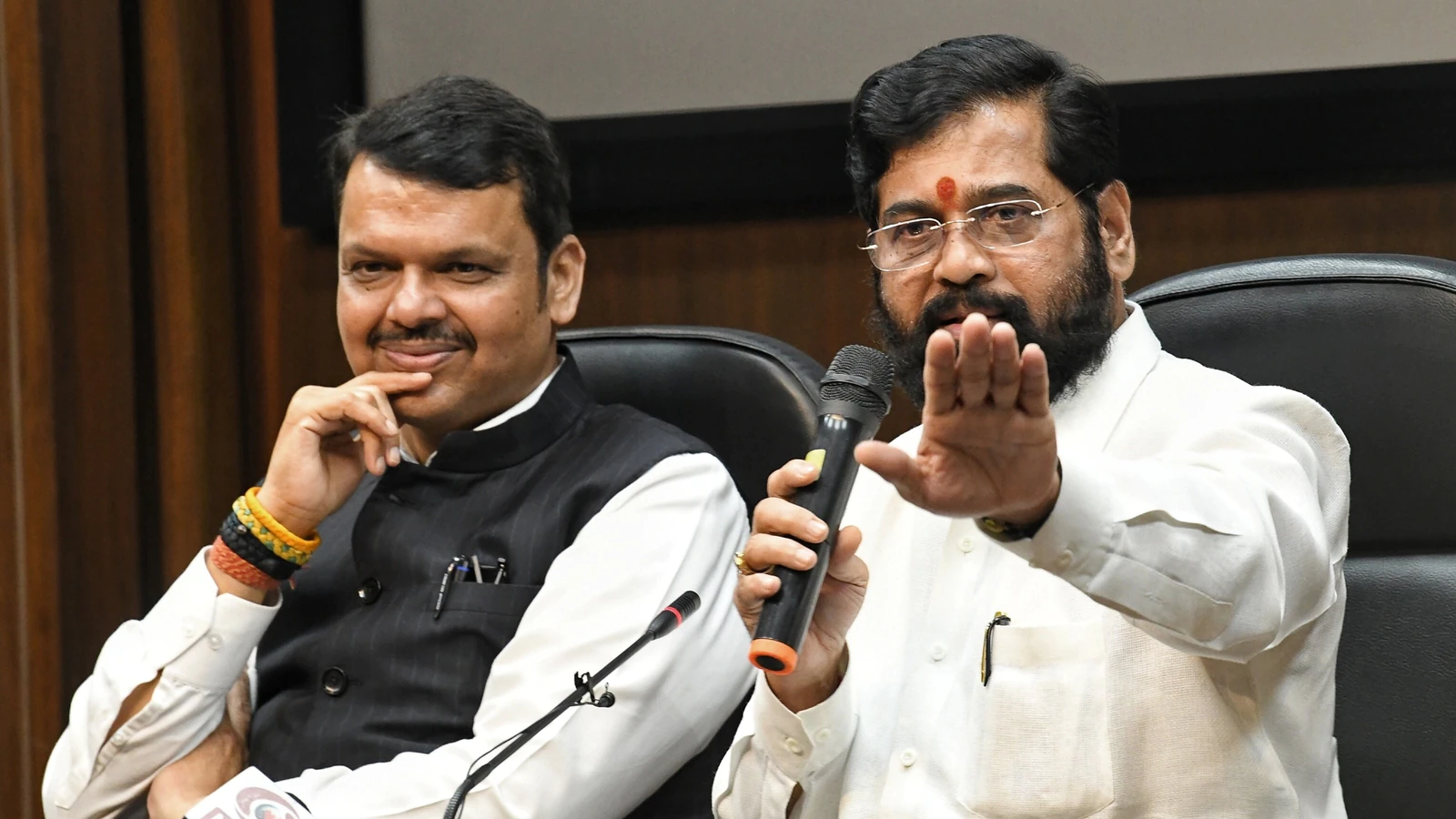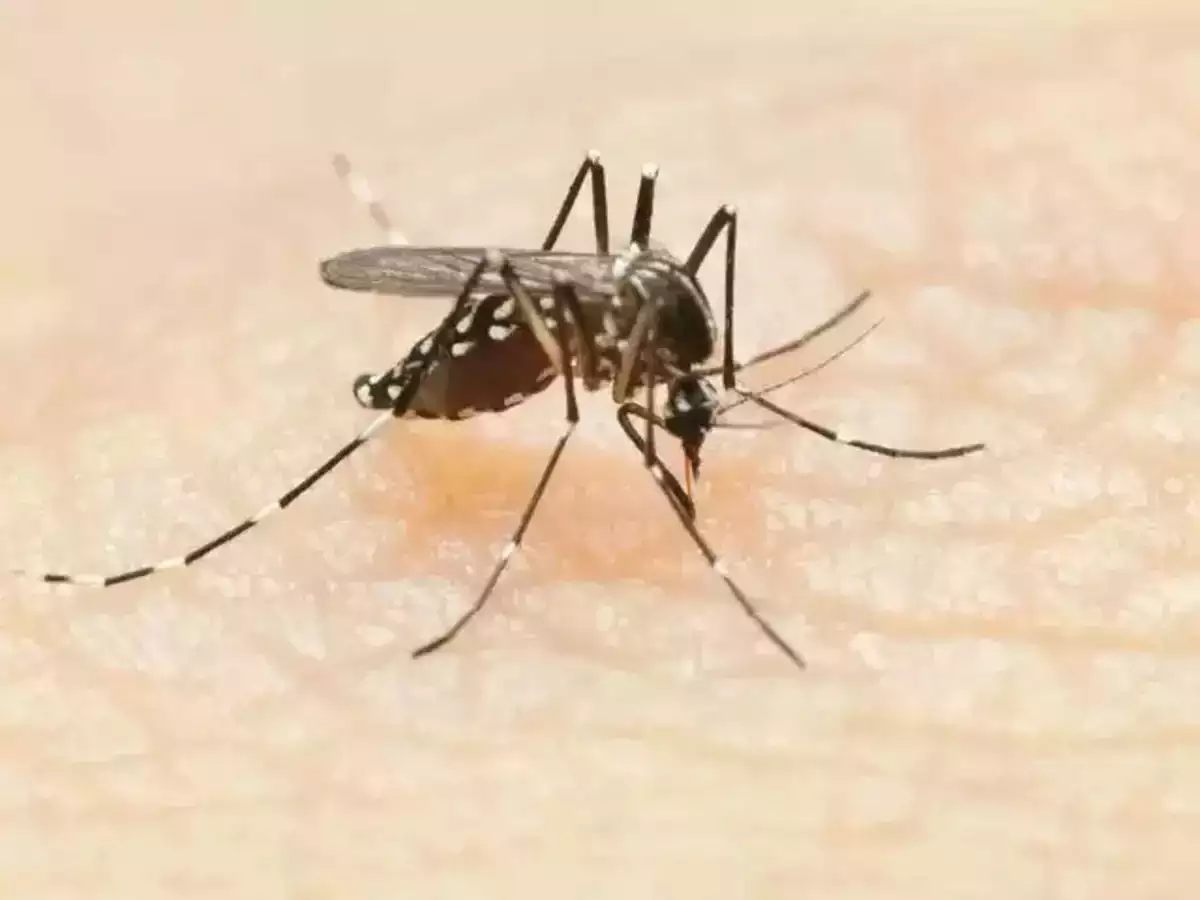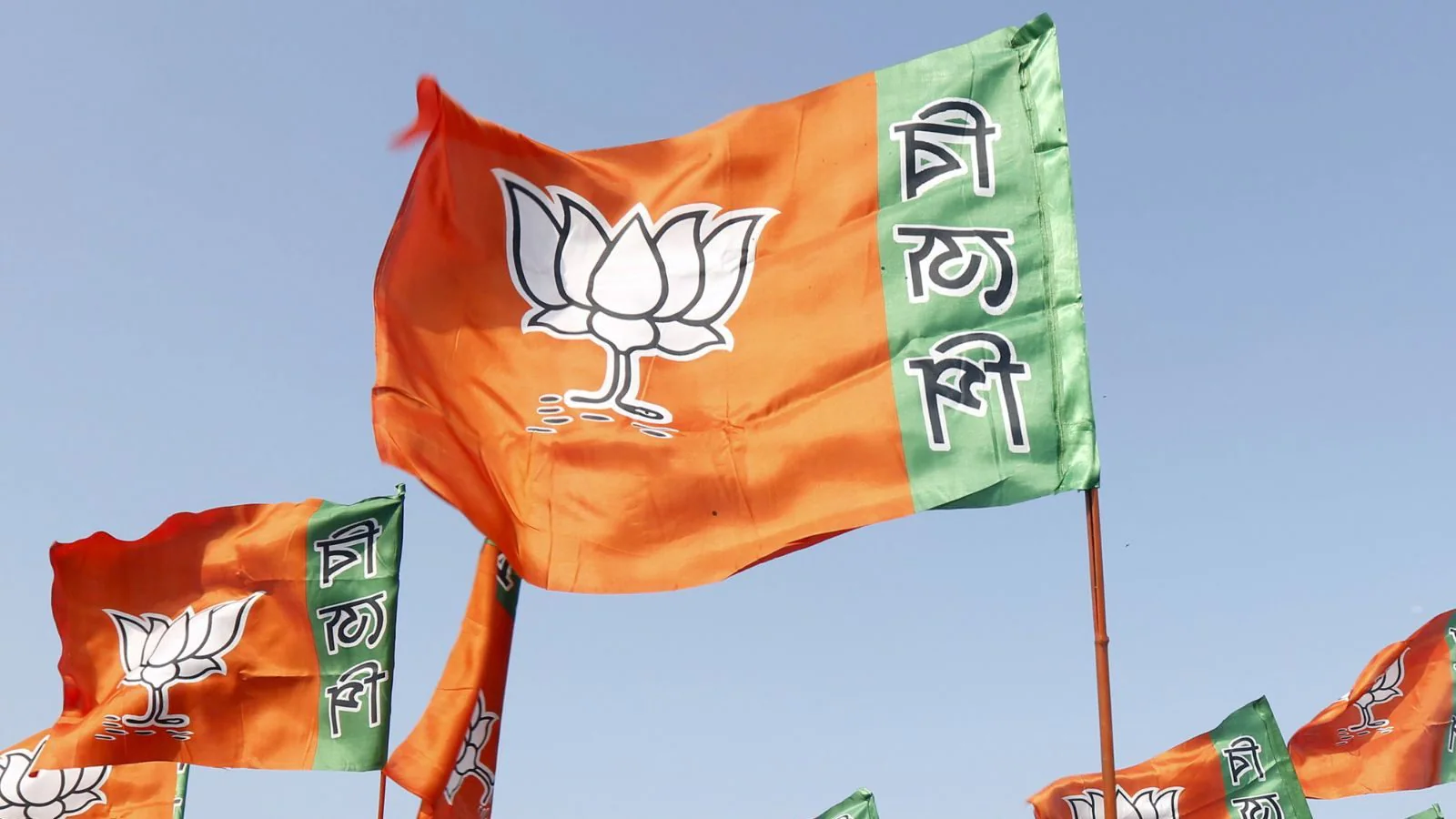Nagpur: The Maharashtra government on Friday instructed all the districts to make all efforts to ensure effective preparedness and take required action against the Monkeypox virus.
The guidelines were issued by the Ministry of Health and Family Welfare. Soon after the announcement, Brihanmumbai Municipal Corporation (BMC) reserved 28-bedded wards at Kasturba Hospital which is the only infectious disease hospital in Maharashtra.
As per the guidelines issued, international passengers should avoid close contact with sick people, dead or wild animals. The guidelines also state that the international travelers should avoid eating or preparing meat from wild game or using products such as lotions, creams and powders derived from wild animals from Africa.

The first case of Monkeypox virus has been reported in Kerala and the state has been put on high alert. The five districts – Thiruvananthapuram, Kollam, Pathanamthitta, Alappuzha and Kottayam – were put on alert since a majority of the infected person’s co-passengers on the Sharjah-Thiruvananthapuram flight that landed on July 12 hailed from these areas.
History
Monkeypox was first identified in the 1950s when two outbreaks occurred in the colonies of the monkeys used for research purposes. The first human case was reported 20 years later, in the Democratic Republic of the Congo in 1970.
The disease is a relative of smallpox which causes a rash that mainly begins on the face and spreads to the rest of the body.
The disease can be caught from a bite by an infected animal or even touching its blood, body fluids and fur. Often spread through rodents such as rats, mice and squirrels. One can also be infected by eating meat from an infected animal that hasn’t been cooked properly.
Symptoms:
If one gets infected with monkeypox, the symptoms usually develop five to 21 days for the first symptoms to appear. These include a fever, a headache, muscle aches, backache, swollen glands, shivering and exhaustion.
Cure:
Currently, there is no specific treatment for the infection. The disease’s mortality rate is one in 10 infected people according to the World Health Organisation (WHO).














